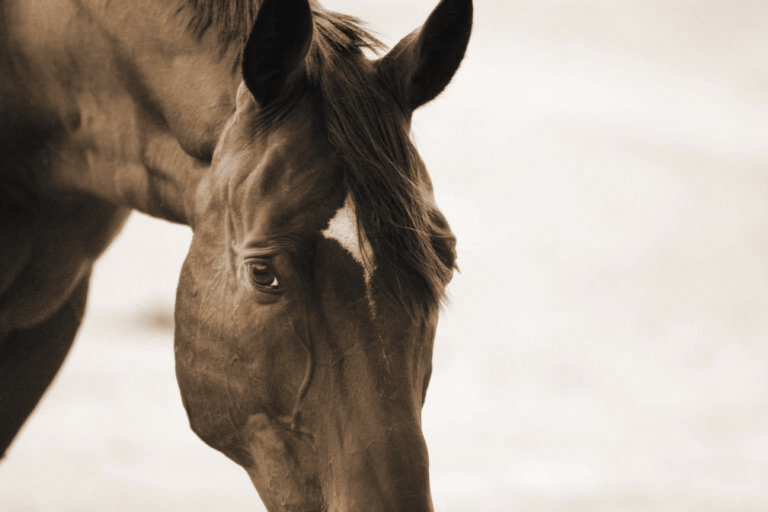Grain and forage meet your horse’s energy needs by supplying a variety of carbohydrates. Understanding how your horse processes and puts them to use can help you make smart feed choices. The different kinds of carbs can be classified in several ways–by their roles in plant tissue, by the way they’re digested by the horse and by the way they’re analyzed in the lab. Here are some important types:

Structural carbohydrates, such as cellulose and hemicellulose, make up the stiff, supportive cell walls of plants. They provide fiber, much of which is fermented by microorganisms in the horse’s hindgut. (The term “crude fiber,” used on feed labels, refers to structural carbohydrates.) Fiber is essential for the horse’s gut health, and it’s an important source of energy.
Soluble fibers are fermented more rapidly than structural carbohydrates. They include pectin, a component of plant cell walls that is converted into fatty acids in the hindgut. Beet pulp and soy hulls have high levels of pectin.
Nonstructural carbohydrates are the sugars and starches stored inside plant cells. They include simple sugars (glucose and fructose) and complex polysaccharides, such as starch and fructans, which form when molecules of simple sugars link up.
Starches are the main nonstructural carbohydrates in grains, legumes like alfalfa, and warm-season grasses, such as coastal Bermuda grass. Various grains contain different types of starch, some (oats, sorghum, corn) more easily digested by horses than others. Starches are broken down into sucrose and fructose and absorbed in the horse’s small intestine. If a horse consumes more starch than his small intestine can handle at one sitting, the excess spills over to the hindgut–causing a population explosion of microbes that ferment sugar and starch and setting off a cascade of events that can lead to colic or laminitis.
Fructans, which are made up mainly of fructose, are the major nonstructural carbohydrates in cool-season grasses such as orchardgrass, fescue and timothy. Fructans are not absorbed in the small intestine; instead, microorganisms in the hindgut ferment them into lactic acid. In susceptible horses, an overload of fructans may set off a cascade of events like the one that leads to grain-induced laminitis.
For horses with histories of diet-related laminitis, insulin resistance or PSSM, limiting nonstructural carbohydrate levels in feed and forage is essential. Most feed labels don’t provide this data or much other information about carbs, however, and the only way find out what’s in pasture and hay is to have it analyzed. Labs that do this work, such as Equi-analytical Laboratories in Ithaca, New York, use specialized tests and terms to distinguish carbohydrate fractions. For example:
- Water-soluble carbohydrates are those that can be extracted in water. They include simple sugars, sucrose and fructans.
- Ethanol-soluble carbohydrates, extracted in ethanol, are mainly simple sugars and sucrose–so a lab can determine the fructan content of forage by subtracting ethanol-soluble carbohydrates from water-soluble carbohydrates.
- Neutral detergent fiber is a measure of three structural carbs–hemicellulose, cellulose and lignin, which is not digested.
- Acid detergent fiber is a measure of cellulose and lignin; as ADF increases, overall digestibility of the forage decreases.
Equi-analytical has posted definitions of these and other terms, as well as average values for some common feeds, at www.equi-analytical.com.
To find out more about feeding carbohydrates, see “The Energy Equation” in the February 2011 issue of Practical Horseman magazine.











